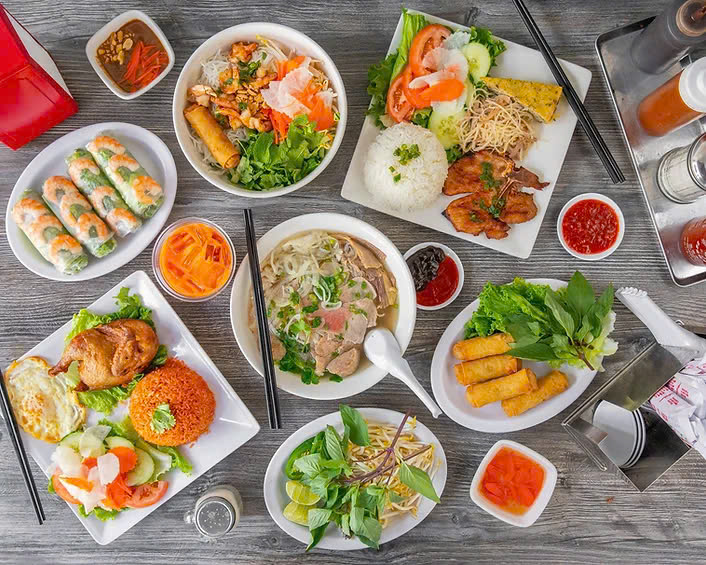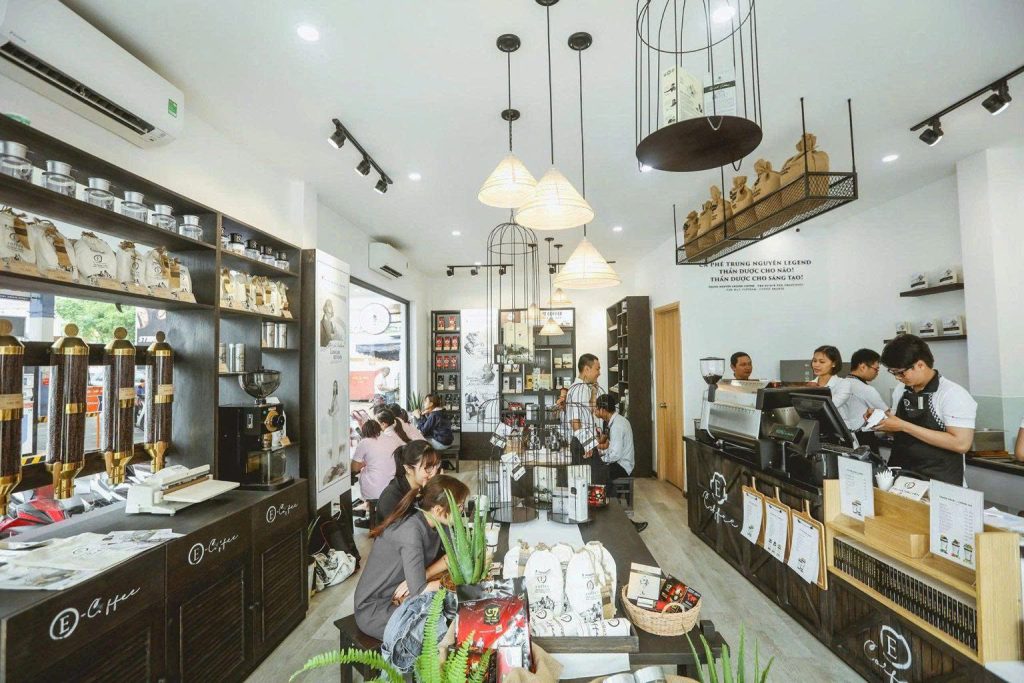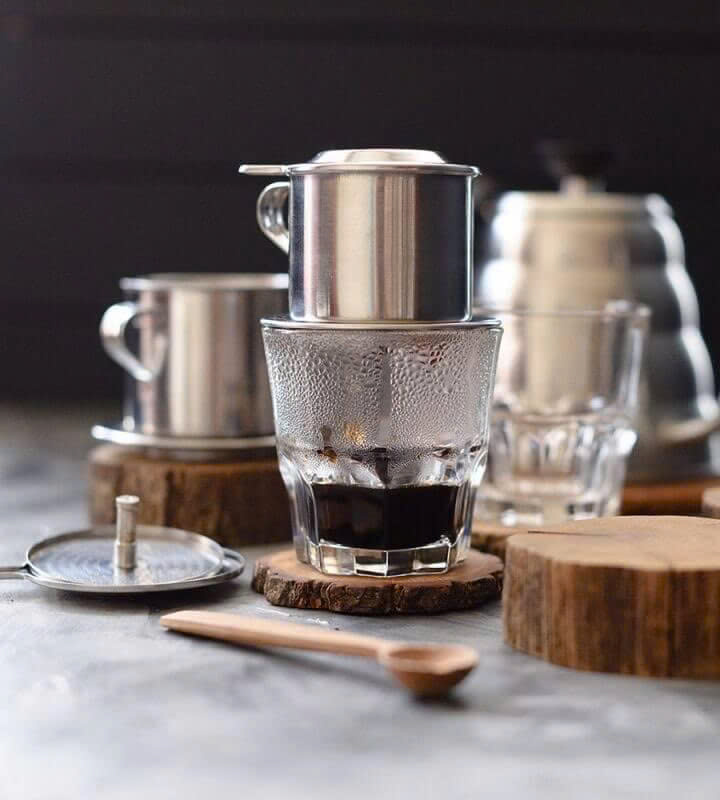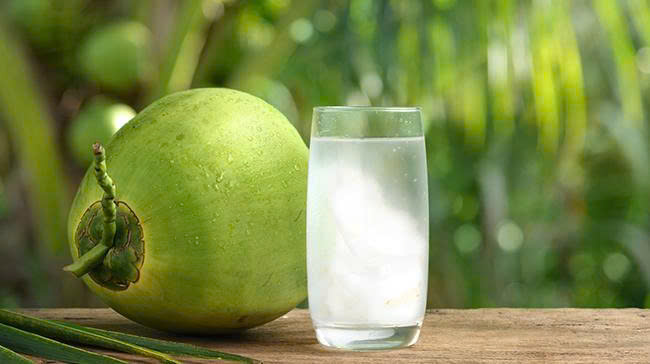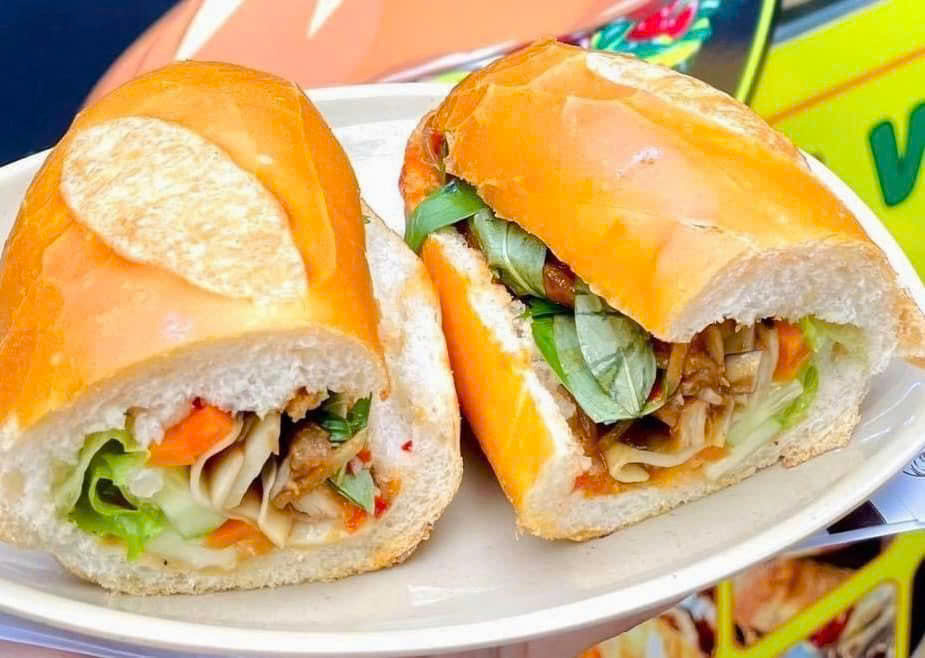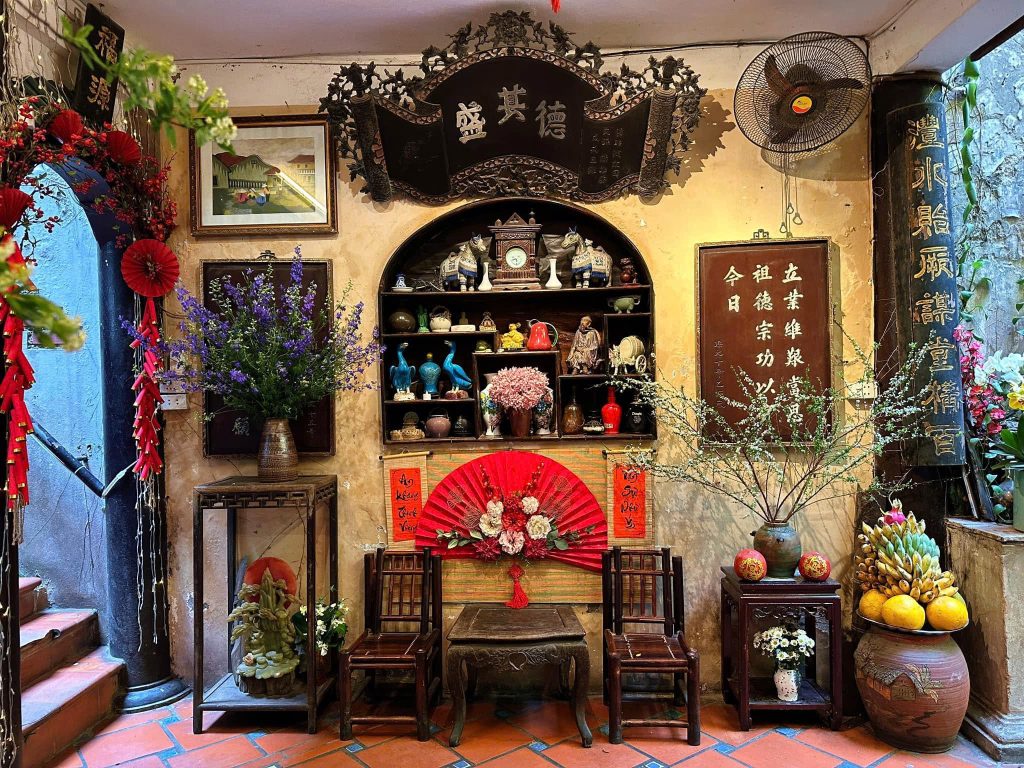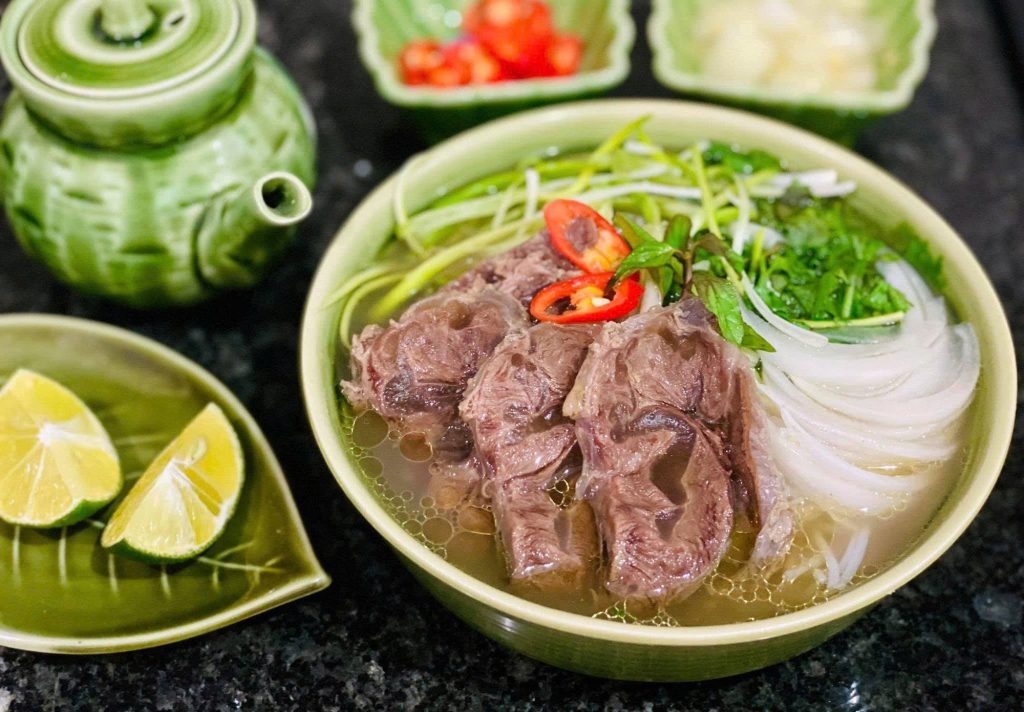Vietnamese Egg Coffee, or Cà Phê Trứng as it’s known locally, is more than just a beverage; it’s a culinary experience, a creamy, sweet, and surprisingly light dessert in a cup. Originating from Hanoi, this unique coffee has captivated the taste buds of locals and travelers alike, becoming a must-try for anyone visiting Vietnam. This comprehensive guide will take you on a journey through the history, preparation, and best places to enjoy this extraordinary coffee.
What is Vietnamese Egg Coffee?
At its heart, Vietnamese Egg Coffee is a rich Vietnamese black coffee (typically made from Robusta coffee beans, known for their strong, bold flavor) topped with a thick, airy, featuring a remarkably smooth and rich foam crafted from egg yolks, sugar, and condensed milk. The texture is often compared to a liquid tiramisu or a sweet, eggy meringue, creating a delightful contrast with the bitterness of the coffee below.
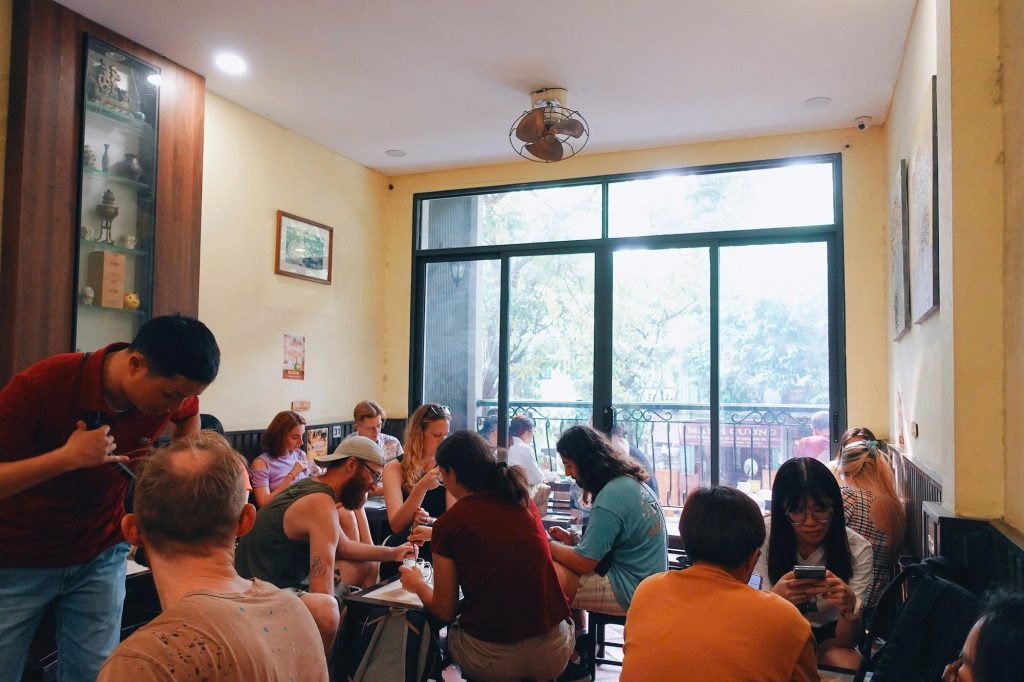
A Unique Blend of Flavors and Textures. The magic of Ca Phe Trung lies in the perfect harmony of its components. The intense, dark coffee provides a robust base, while the sweet, fluffy egg cream floats on top, offering a velvety smoothness that melts in your mouth. It’s a sweet, yet balanced, concoction that surprises and delights with every sip.
Key Ingredients: Coffee, Egg Yolk, and Condensed Milk. While seemingly simple, the quality of these core entities is paramount:
- Vietnamese Coffee: Traditionally, a strong, dark roast of Robusta, brewed using a Phin filter (Vietnamese drip coffee maker).
- Egg Yolk: The star ingredient, responsible for the signature creaminess. Fresh, high-quality eggs are crucial.
- Condensed Milk: Adds sweetness and contributes to the thick consistency of the foam.
- Sugar: Enhances the sweetness and helps stabilize the foam.
The Fascinating History of Egg Coffee in Vietnam

The story of Vietnamese Egg Coffee is as intriguing as its taste, born out of necessity and creativity.
- Hanoi’s Giang Cafe: Mr. Nguyen Van Giang, a bartender at the iconic Sofitel Legend Metropole Hotel, is credited with inventing egg coffee in Hanoi in 1946. During a period of milk scarcity due to the First Indochina War, he ingeniously substituted milk with beaten egg yolks to create a creamy topping for coffee. This innovation led him to open his own establishment, Giang Cafe (Ca Phe Giang), which remains the most famous spot for egg coffee to this day.
- Egg Coffee During Wartime Scarcity. This invention wasn’t just a culinary quirk; it was a resourceful solution to a wartime problem. The rich, indulgent taste provided a much-needed comfort and a touch of luxury during difficult times.
- Its Rise to International Fame. What started as a local necessity has evolved into a global phenomenon. Travelers from all corners of the world now seek out Giang Cafe and other establishments to experience this unique Vietnamese coffee tradition.
How to Make Vietnamese Egg Coffee: A Step-by-Step Recipe

While enjoying it in Hanoi is ideal, you can recreate the magic of Vietnamese egg coffee at home. Here’s how:
Ingredients You’ll Need:
- 2 Tbsp finely ground Vietnamese Robusta coffee (or strong espresso roast).
- Hot water (for brewing coffee).
- 2 fresh Egg Yolks (from pasteurized eggs if concerned about raw egg safety).
- 2-3 Tbsp Sweetened Condensed Milk.
- 1 tsp Granulated Sugar (adjust to taste).
- 1 tsp Vanilla Extract (optional, helps counter any potential “eggy” smell).
- A pinch of Cinnamon powder (for garnish, optional).
Step 1: Brew Your Vietnamese Coffee (Using a Phin Filter)
- Setting up Your Phin Filter Correctly: Place the phin filter over a heat-proof glass or mug. Add the coffee grounds to the filter. Gently press down with the top filter press.
- Optimal Coffee-to-Water Ratio: Pour a small amount of hot water (just enough to cover the grounds) and let it bloom for 20 seconds. Then, fill the phin with hot water. Let it slowly drip, which usually takes 5-7 minutes. You want a strong, concentrated coffee base.

Step 2: Prepare the Creamy Egg Mixture
- Techniques for Whisking Egg Yolks to Perfection: Separate the egg yolks from the whites. In a small bowl, combine egg yolks, condensed milk, sugar, and vanilla extract (if using).
- Using a Hand Mixer or Whisk: Using a hand mixer on high speed, or a manual whisk with strong, consistent effort, whisk the mixture vigorously for 5-7 minutes. It should become thick, pale yellow, and airy, forming soft peaks (like a light meringue).
- Pro Tip for Safety & Warmth: You can place the bowl over a larger bowl of hot water (a double boiler method) while whisking. This gentle heat helps to cook the egg mixture slightly, making it safer and giving it a warmer, more stable texture.
Step 3: Put Together and Deliver Your Egg Coffee
- Pour your hot, strong Vietnamese coffee into a small glass or mug.
- Gently spoon the whipped egg cream mixture on top of the coffee. It should float beautifully.
- For Hot Serving: Place the coffee cup in a small bowl of hot water to keep the egg cream warm and prevent it from deflating.
- Garnish with a sprinkle of cinnamon powder or a few cocoa nibs if desired. Serve immediately.
Where to Find the Best Egg Coffee in Hanoi & Vietnam
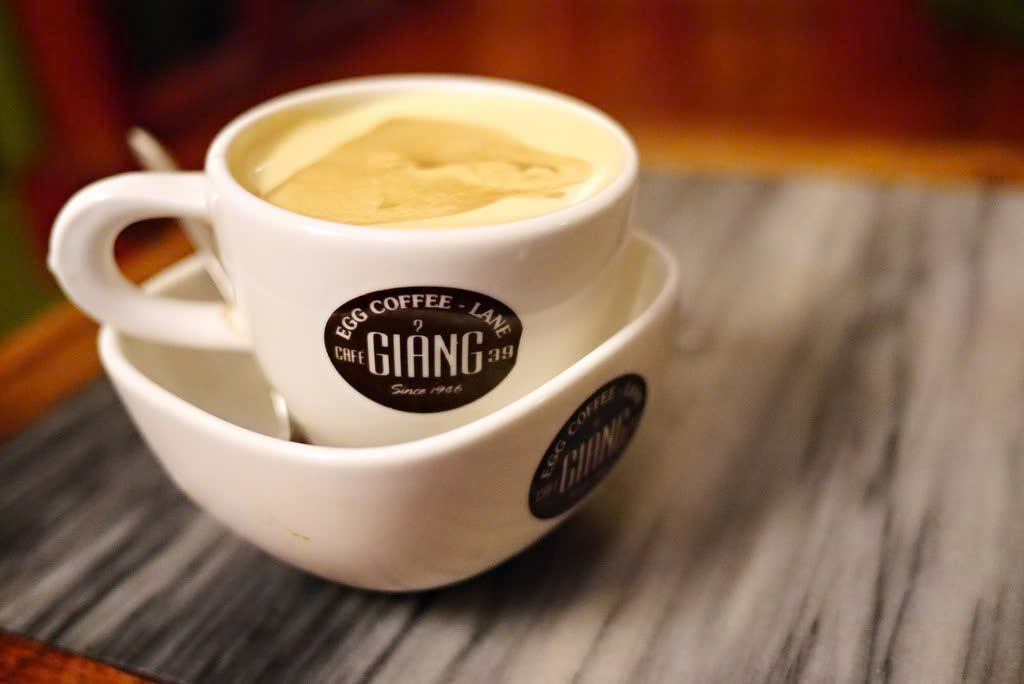
If travel to visit Vietnam, experiencing egg coffee at its birthplace is a must.
Giang Cafe: The Original and Best
- Address and Opening Hours: 39 Nguyen Huu Huan, Hang Bac, Hoan Kiem, Hanoi. Usually operates from the early hours to late at night.
- What to Expect: A cozy, somewhat rustic atmosphere, often bustling with locals and tourists. They also offer iced egg coffee and egg beer!
Cafe Dinh: A Hidden Gem
- Address: 13 Dinh Tien Hoang, Hoan Kiem, Hanoi. From here, one can enjoy a wonderful perspective of Hoan Kiem Lake.
- Why Visit: Run by Mr. Giang’s daughter, it offers a similar authentic experience with a slightly different ambiance.
While Giang and Dinh are iconic, many cafes across Hanoi and even Ho Chi Minh City now offer egg coffee. Look for smaller, independent cafes that specialize in traditional Vietnamese beverages.
Tips for Making & Enjoying Your Egg Coffee
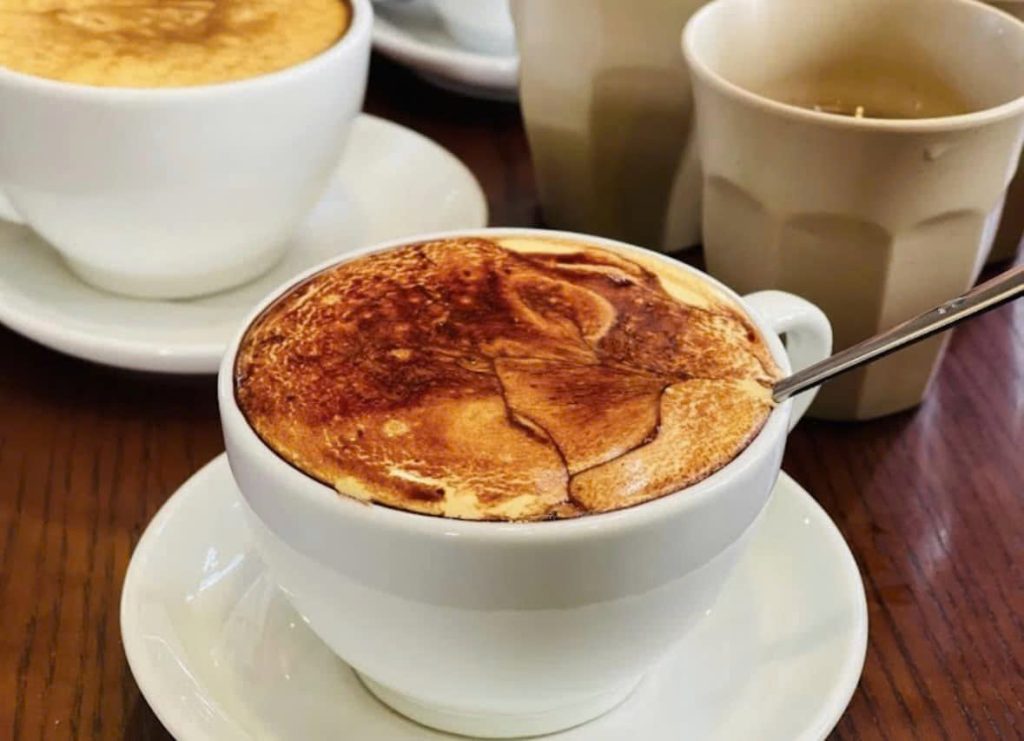
- Using Fresh Eggs Only: This is paramount for taste and safety.
- Adding a Hint of Vanilla or Rum: A tiny amount can neutralize any potential “eggy” smell, enhancing the overall aroma.
- Whisking Thoroughly: Proper aeration is key to a light, non-dense foam.
- The Significance of Premium Vietnamese Coffee: A robust, dark Robusta roast is crucial for offsetting the sweetness and richness of the egg cream. Avoid overly acidic or light roasts.
- Serving Temperature: Hot vs. Cold: Customarily, egg coffee is presented warm, the cup nested in a hot water bath to preserve its creamy consistency. However, an iced version is also popular, offering a refreshing twist.
- Pairing Egg Coffee with Desserts: Egg coffee itself is often considered a dessert due to its sweetness. However, it can pair wonderfully with plain biscuits or traditional Vietnamese sweets.
RELATED: 10 Best Coffee Shops in Hanoi: A Local’s Guide
From its humble beginnings in war-torn Hanoi to its status as a global culinary icon, Vietnamese Egg Coffee offers a taste of history and innovation in every exquisite sip. Whether you’re enjoying a freshly made cup at a hidden cafe in the Old Quarter or perfecting your own recipe at home, this creamy, rich, and utterly unique beverage promises an unforgettable experience. Indulge and savor this truly special part of Vietnamese coffee culture!


